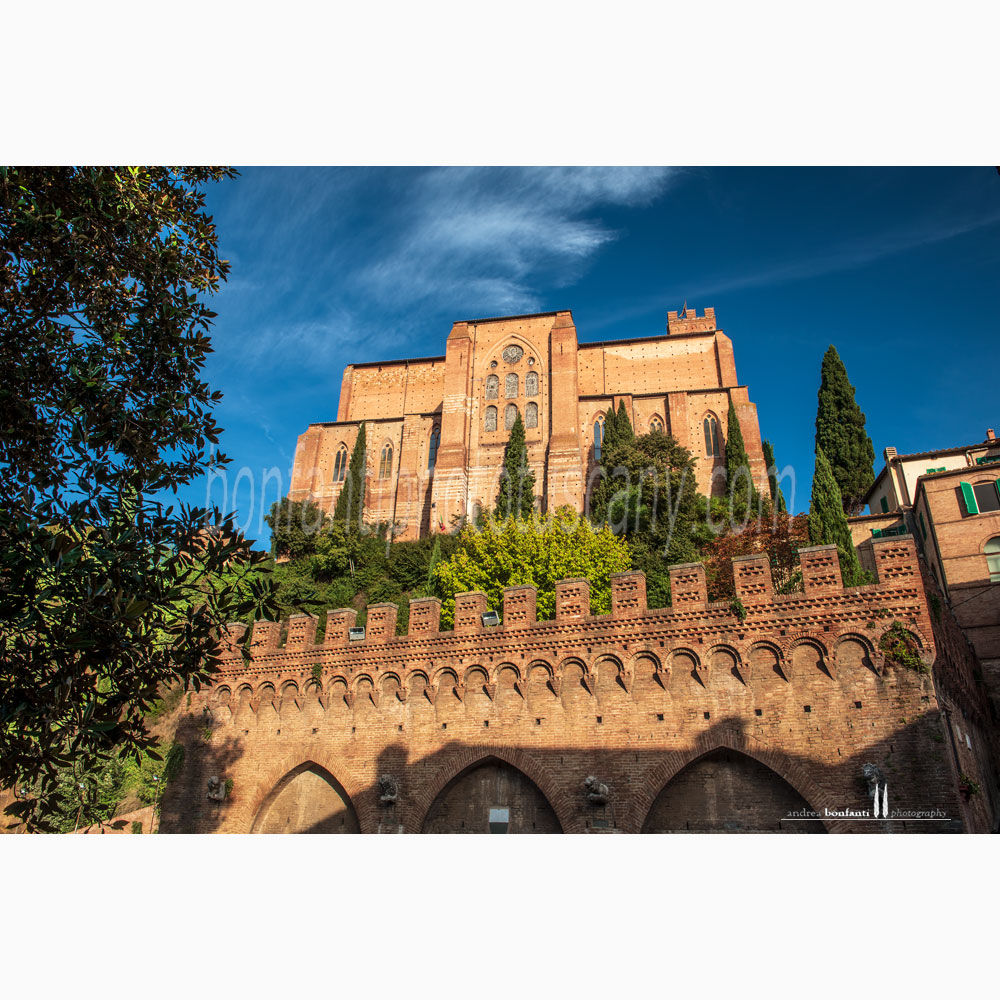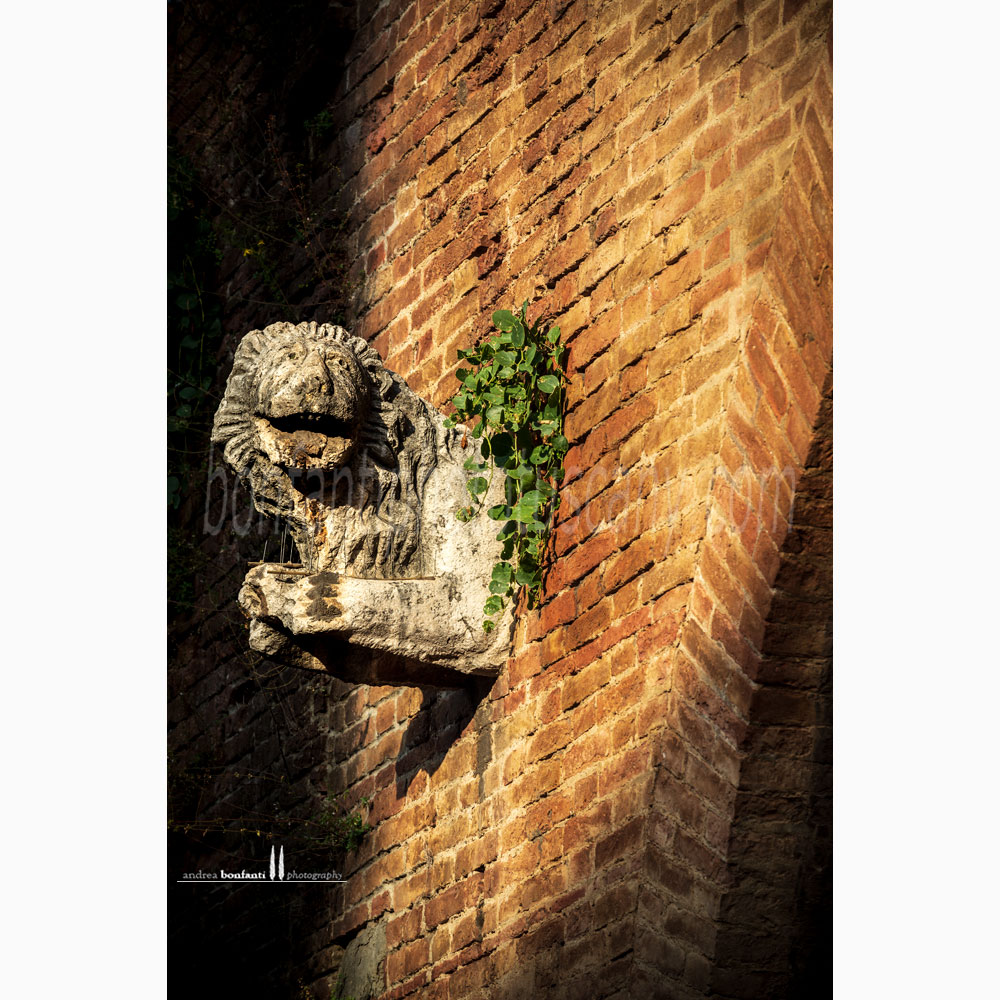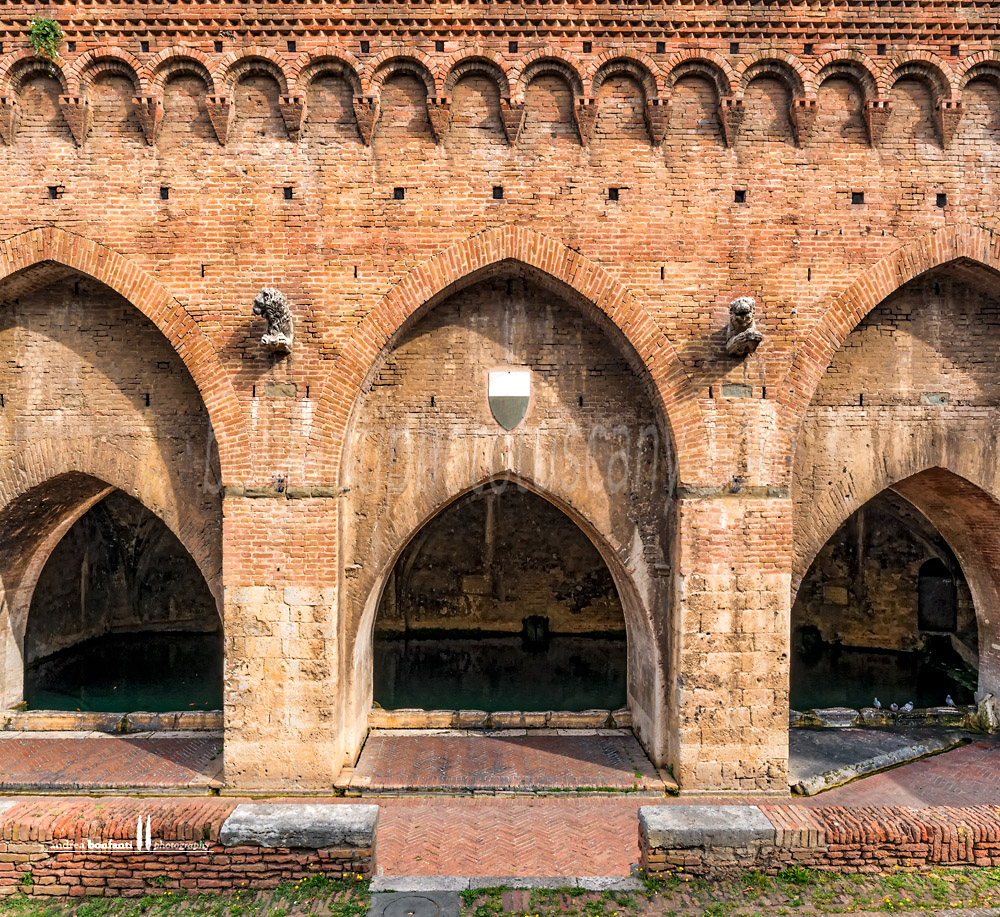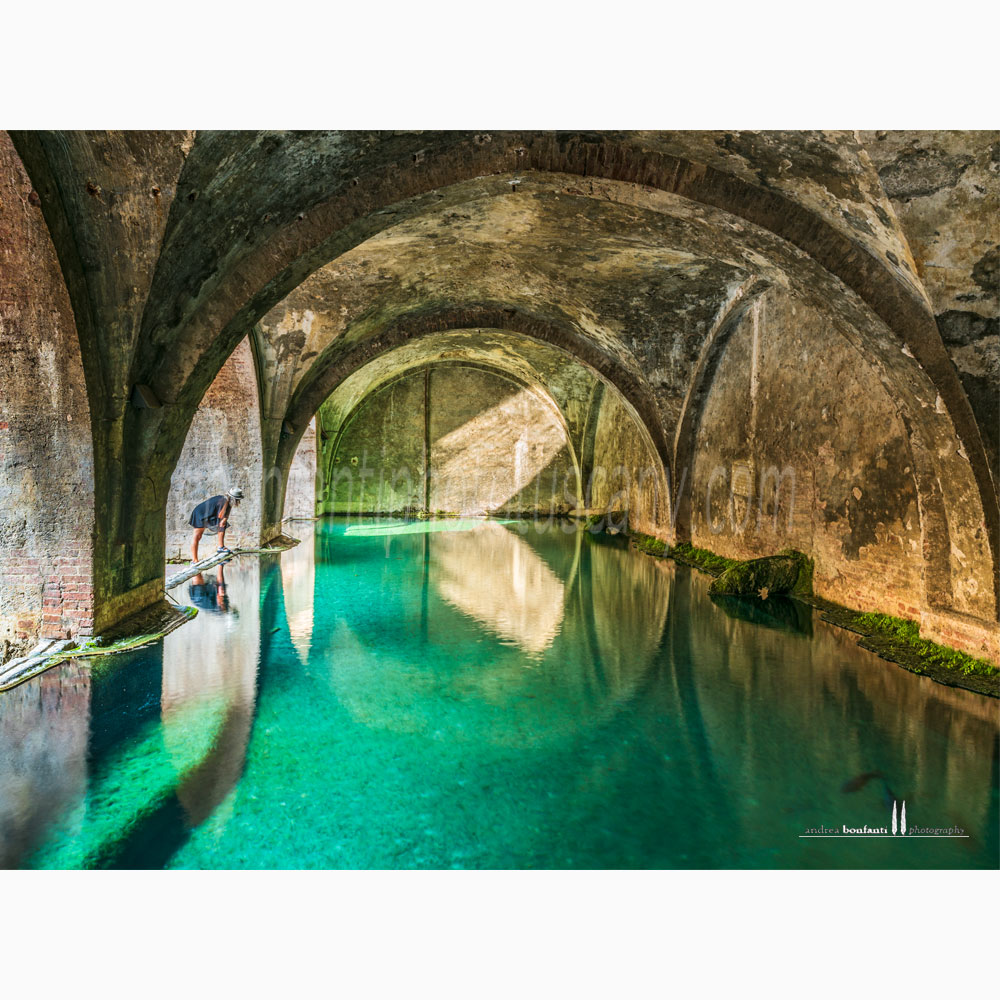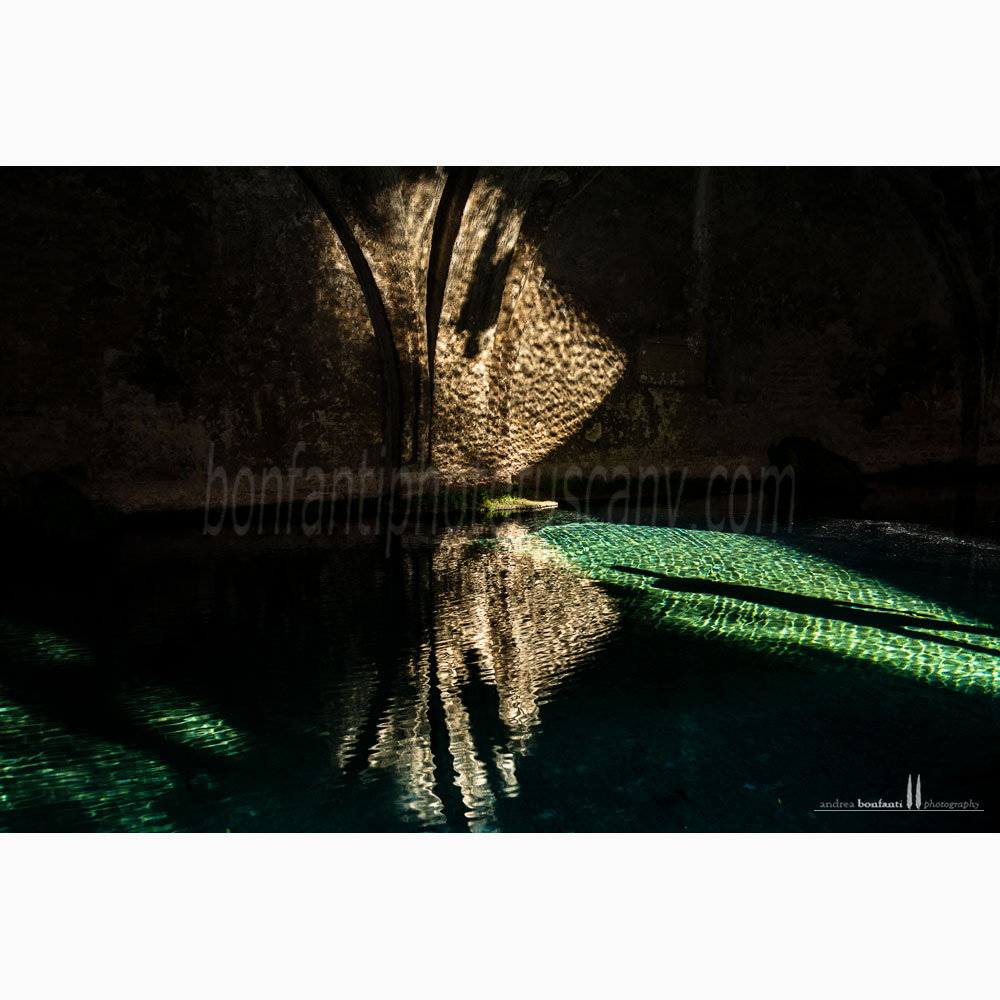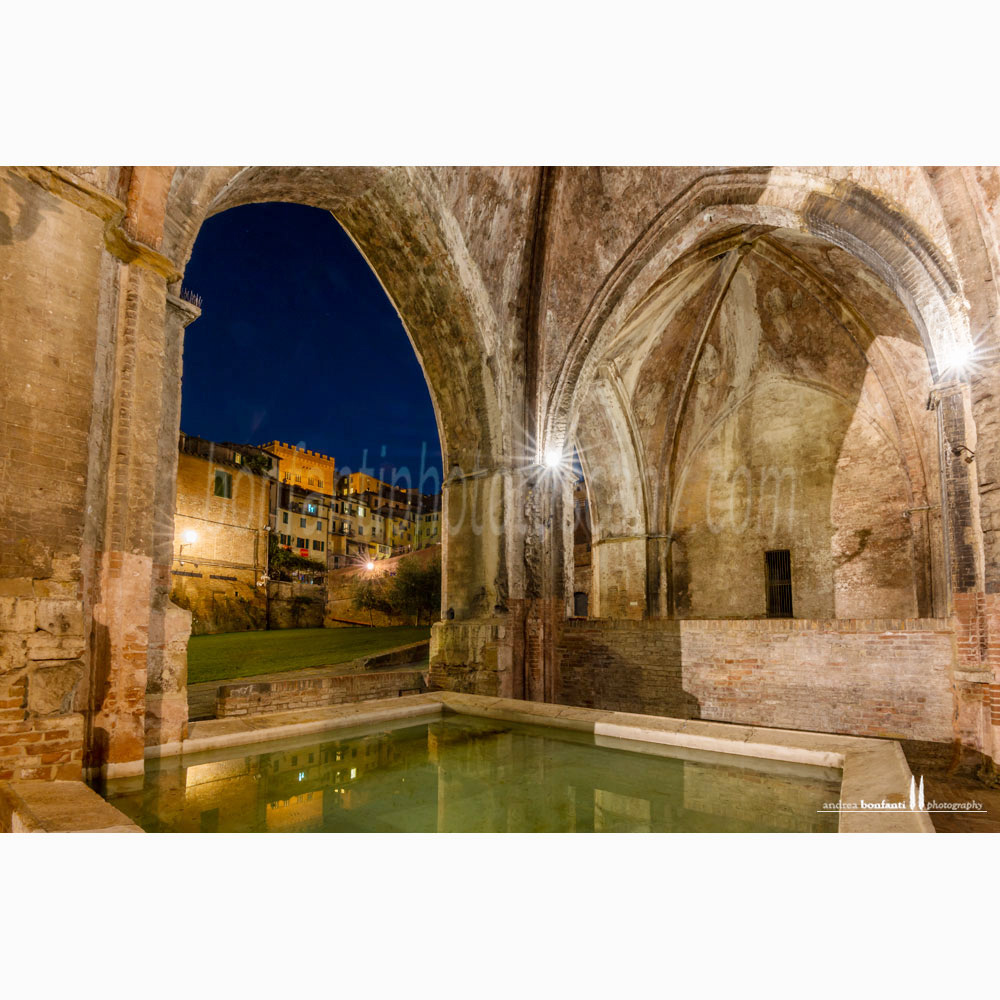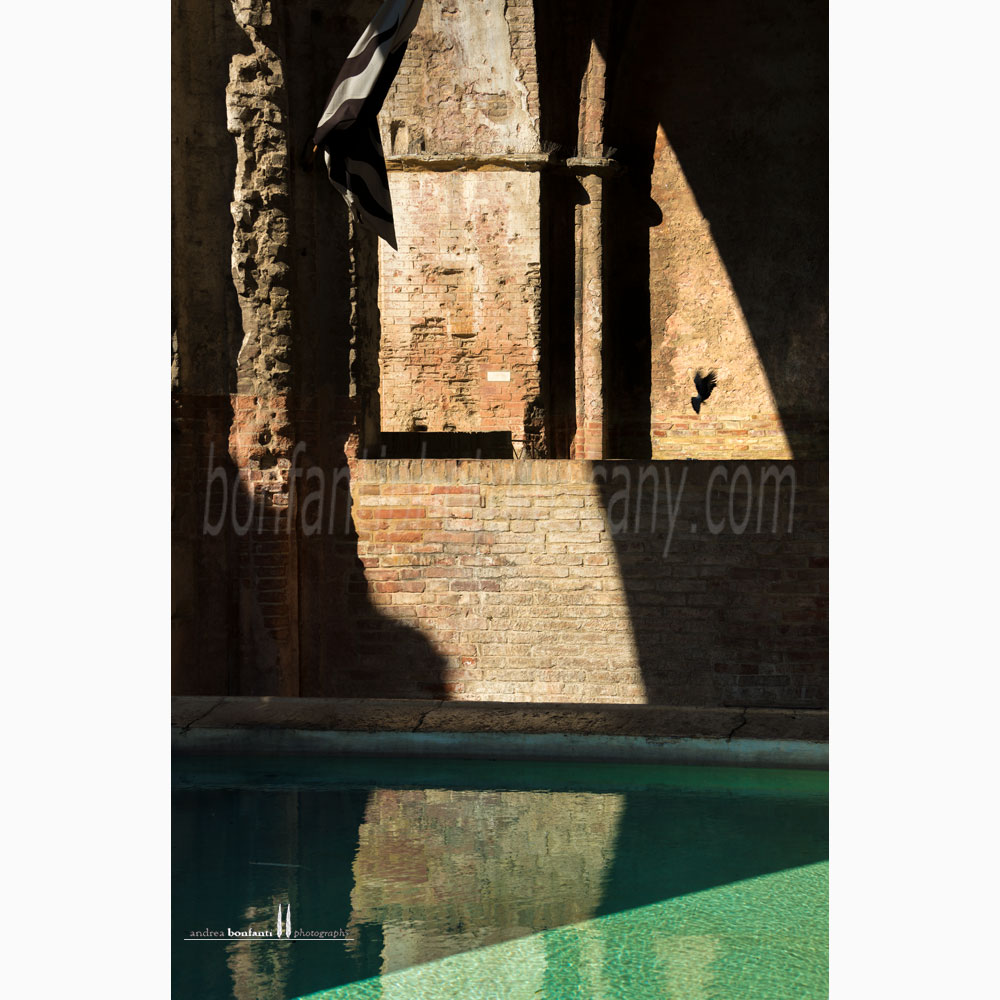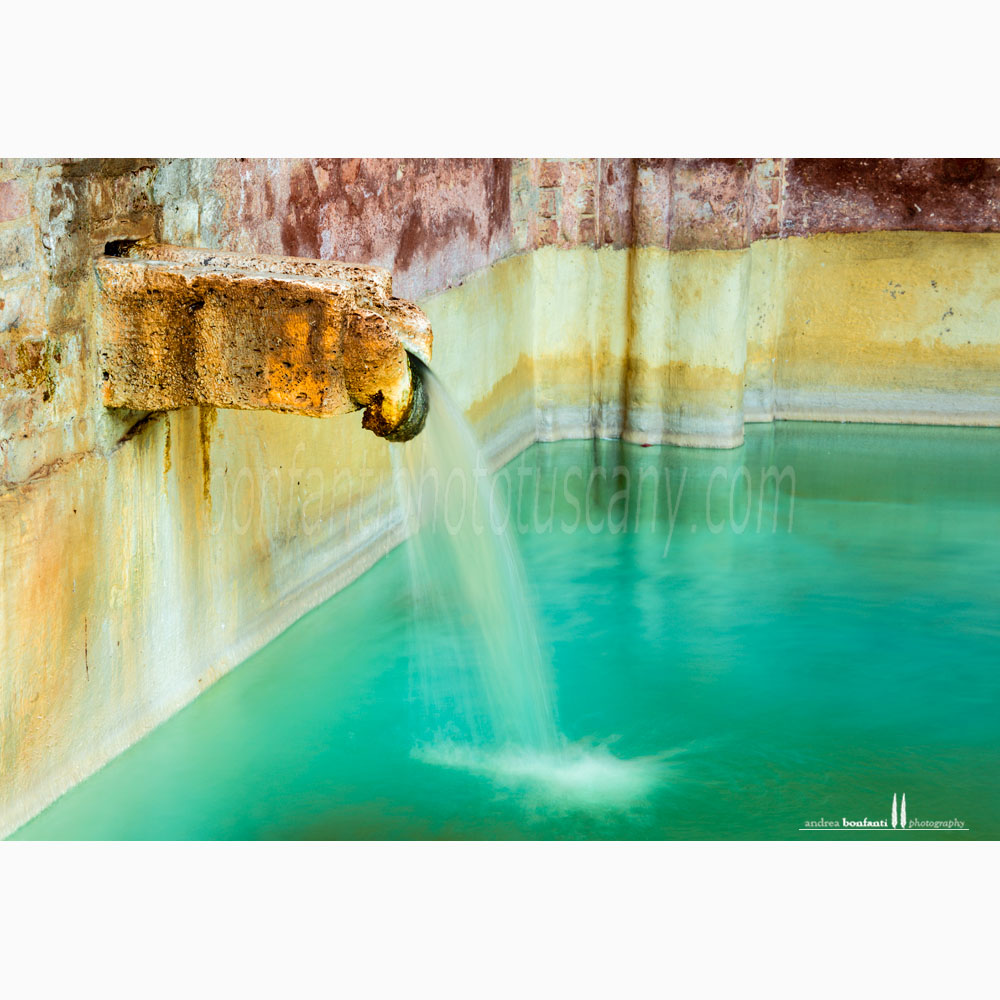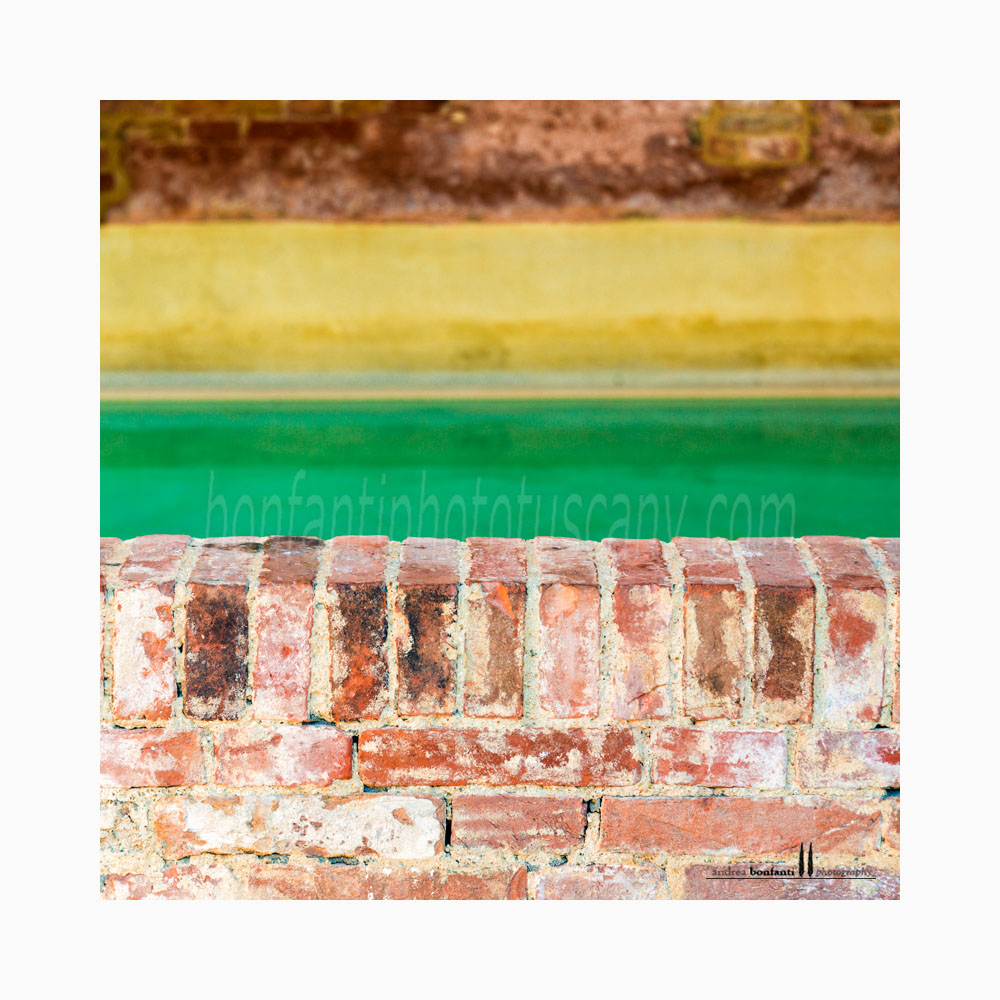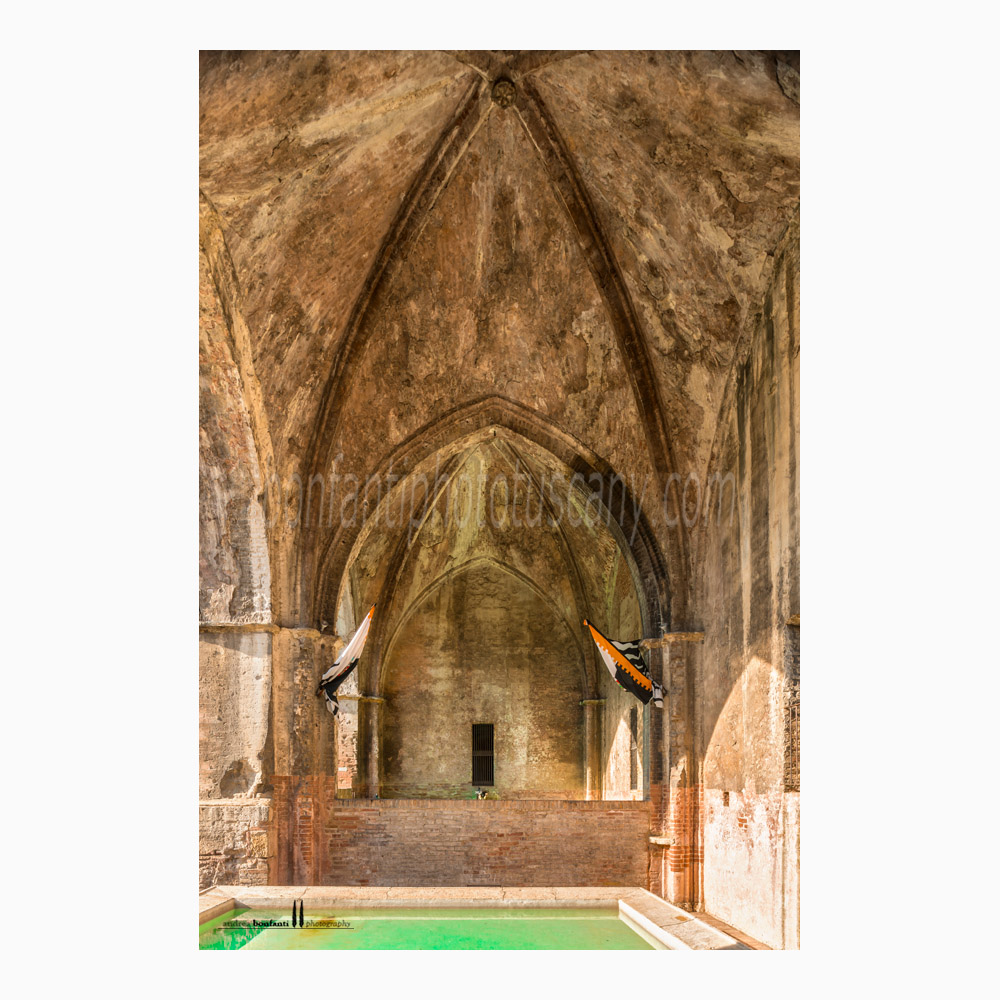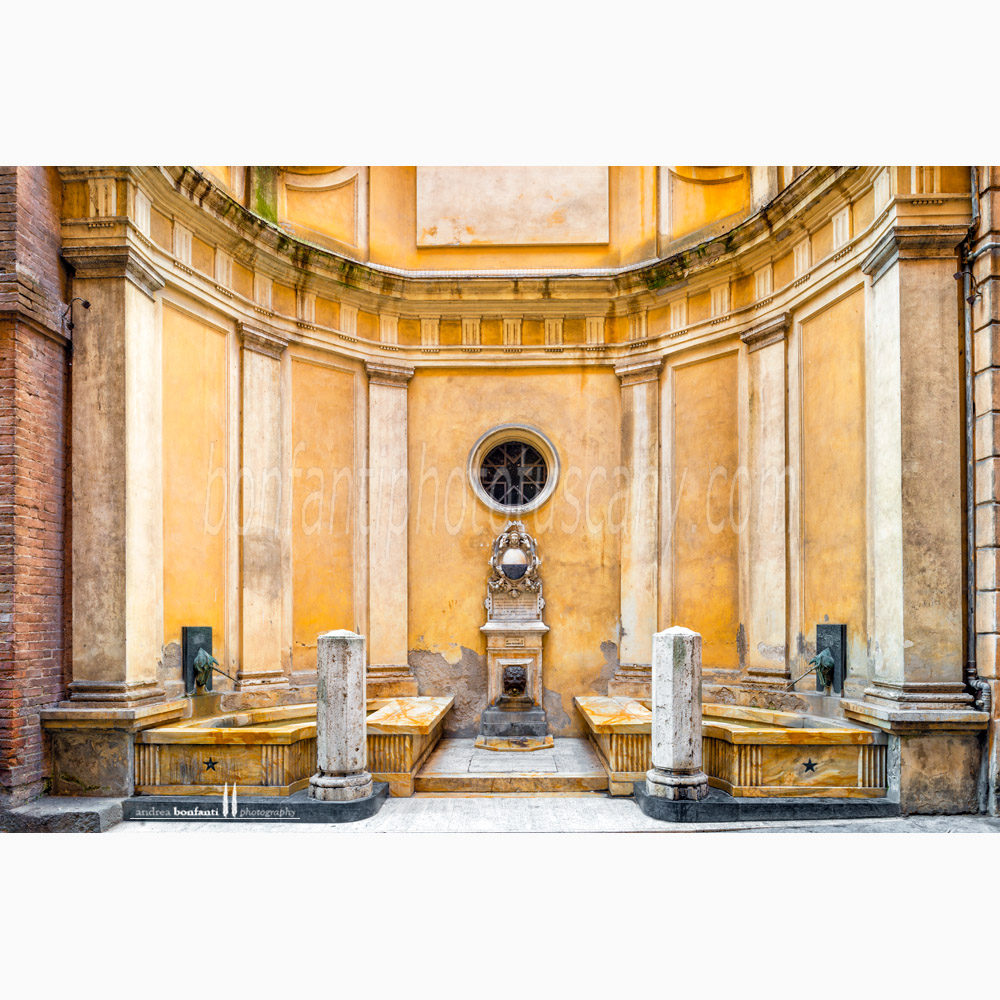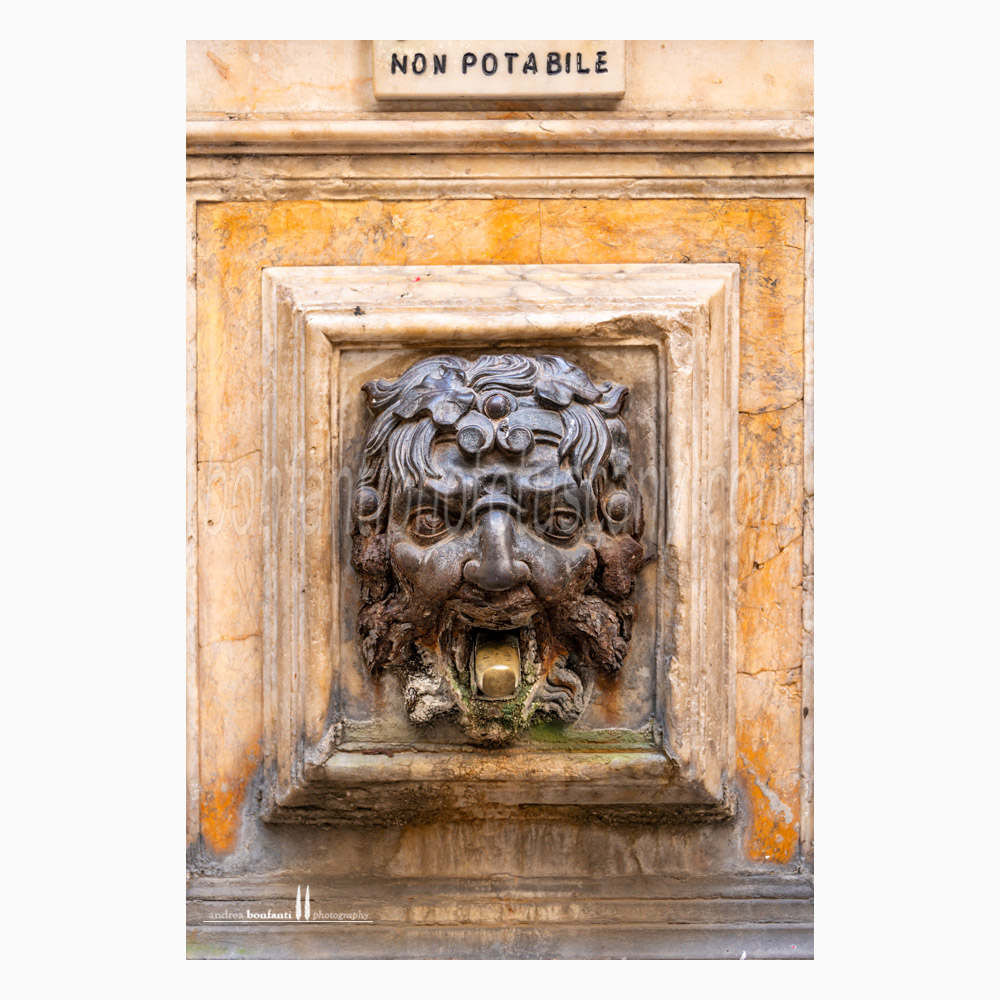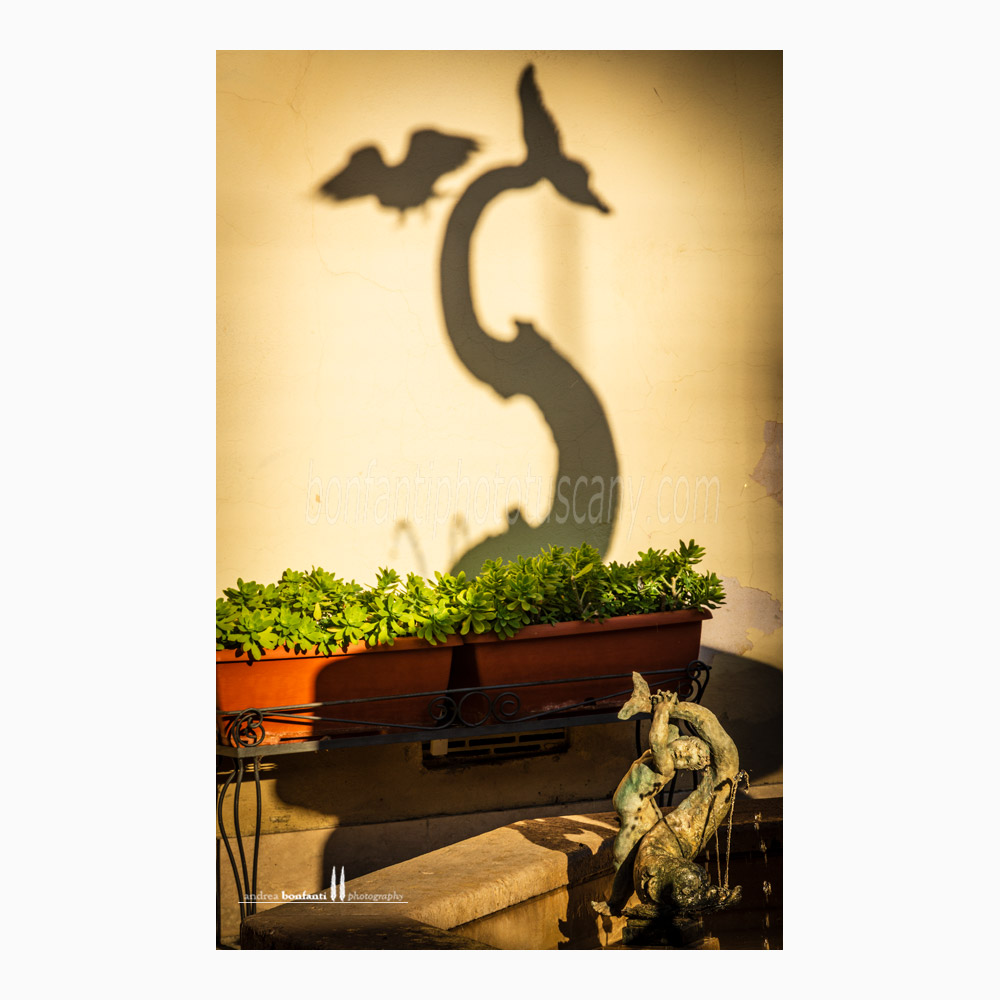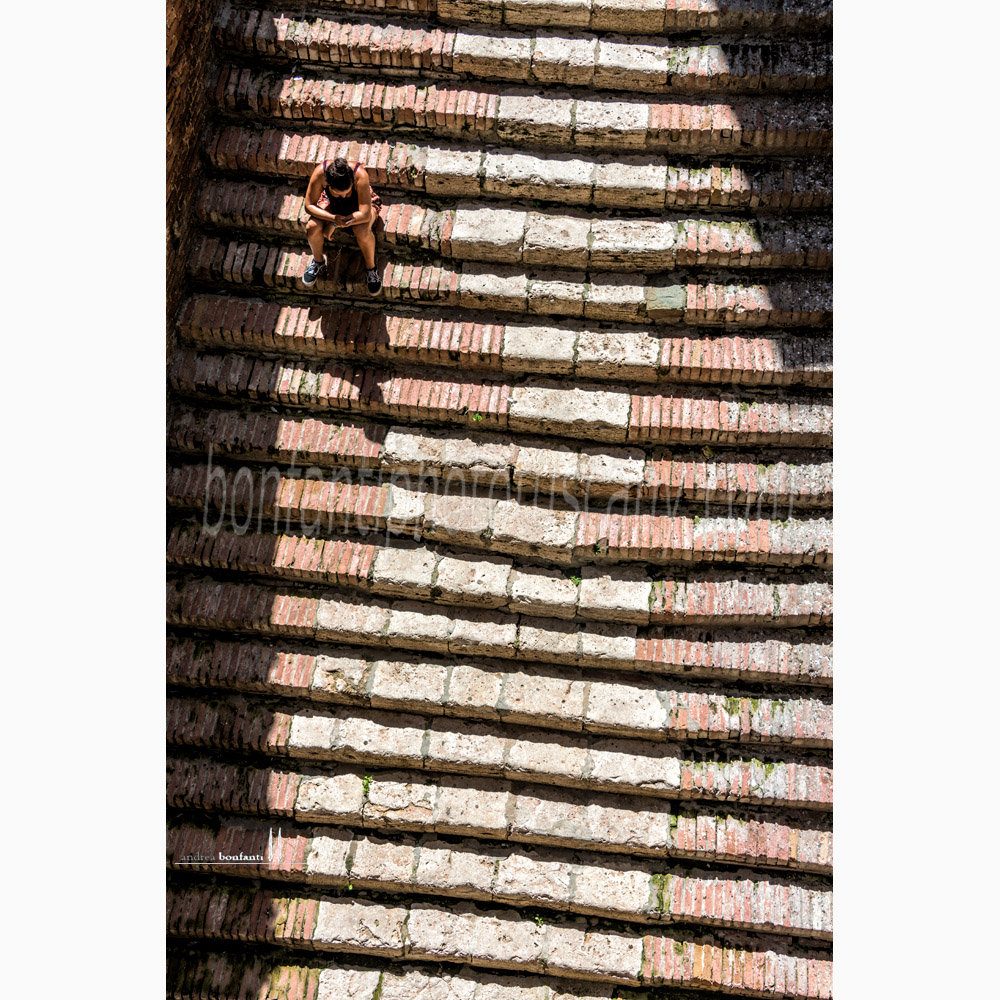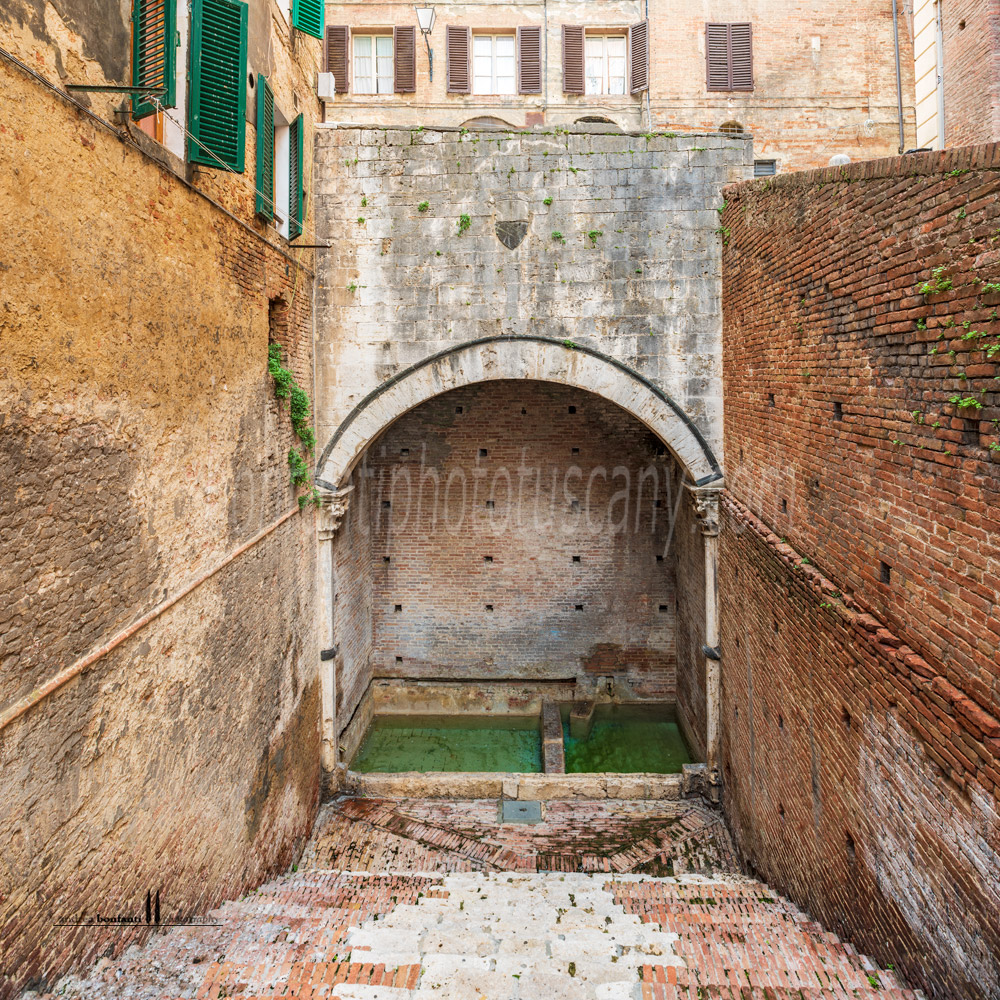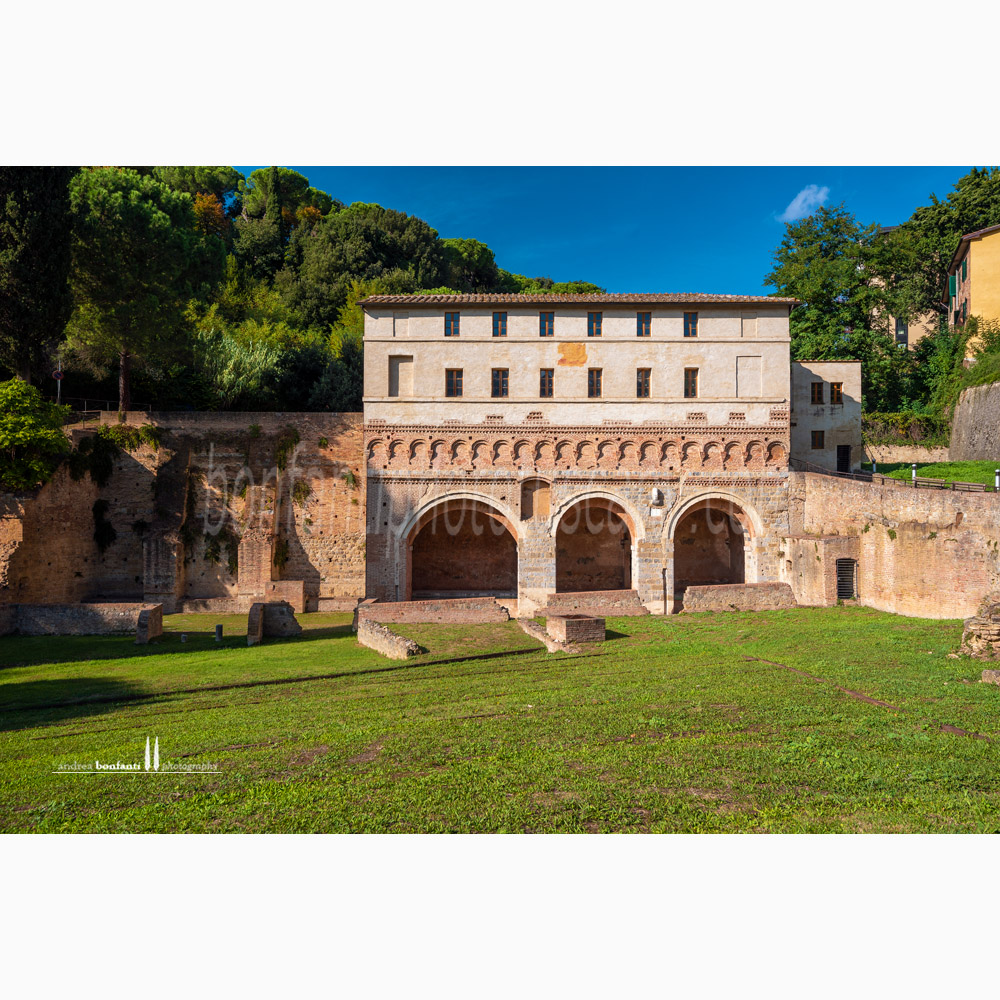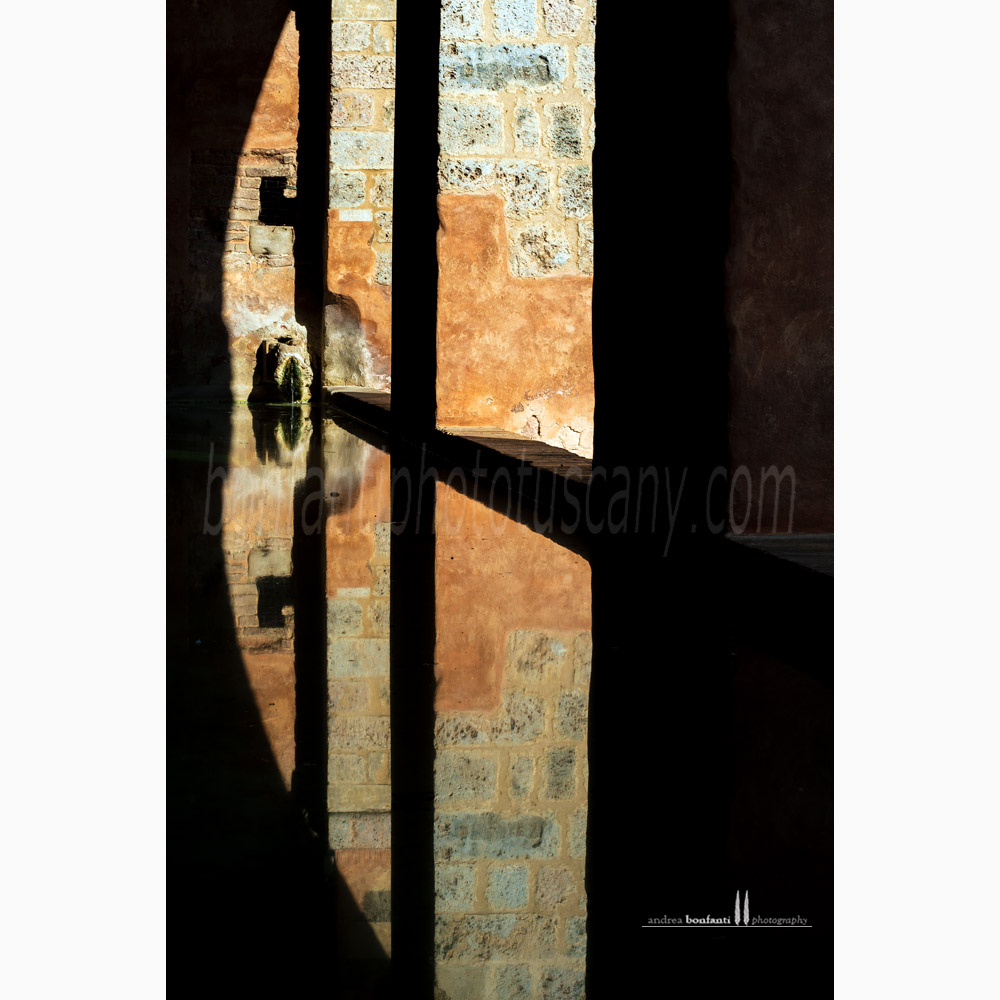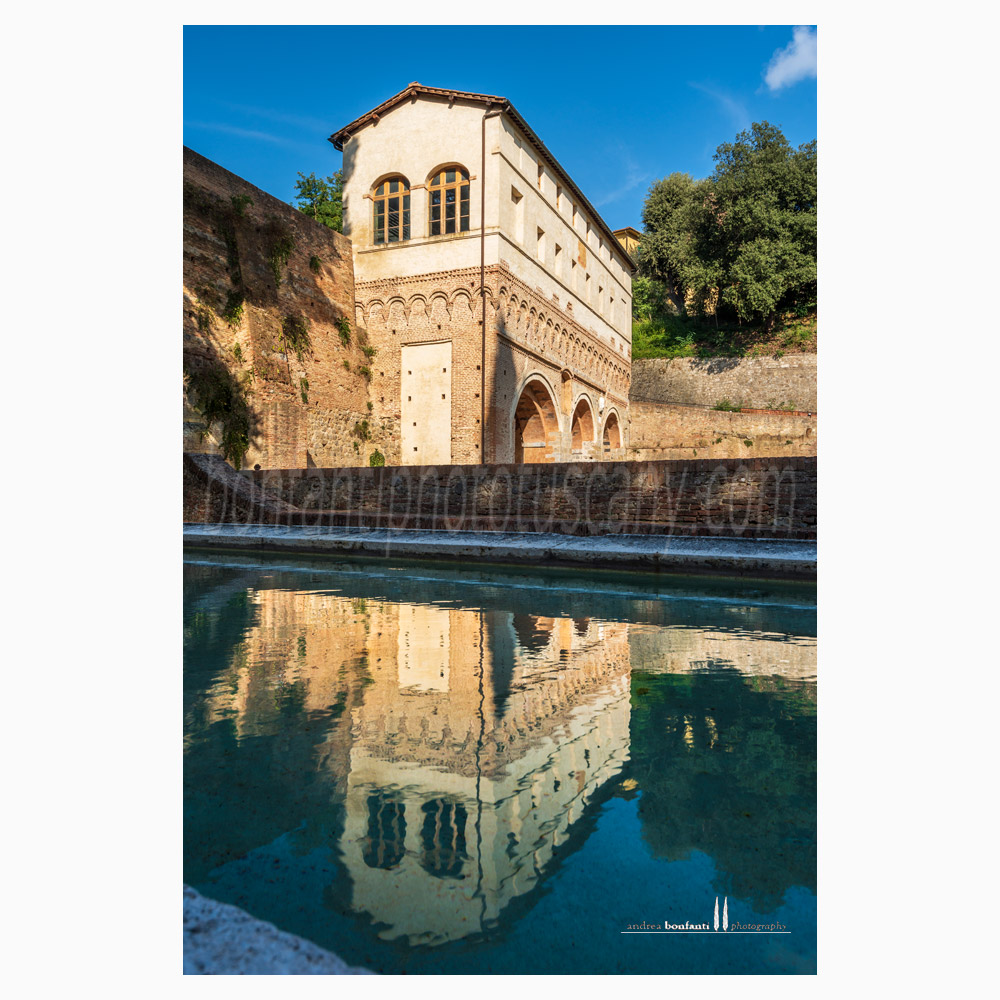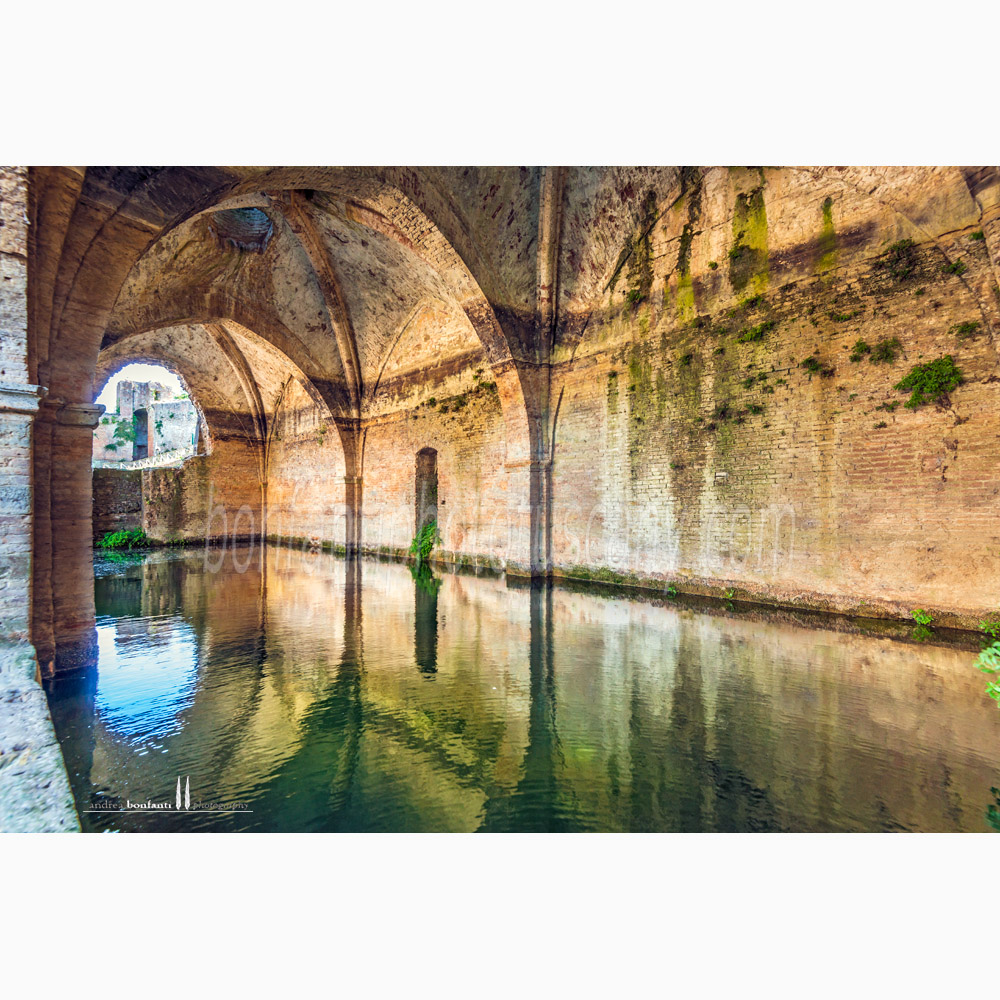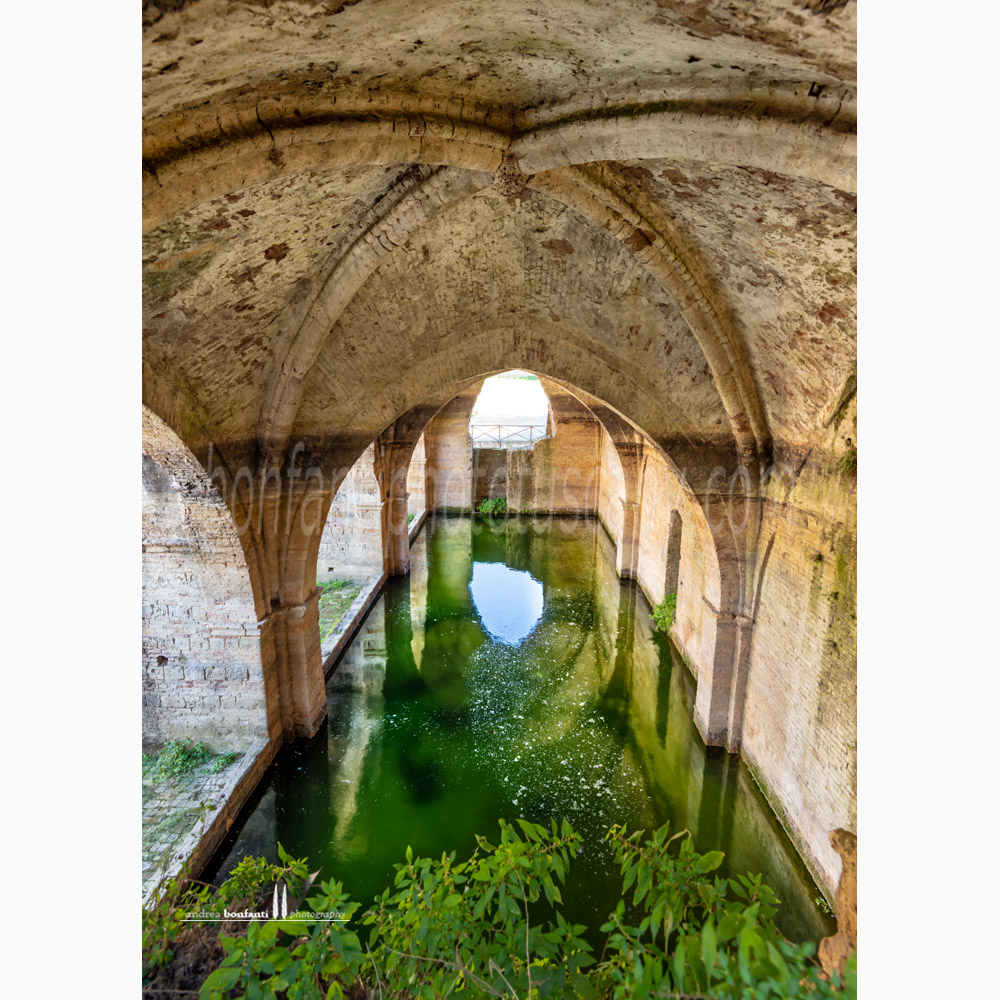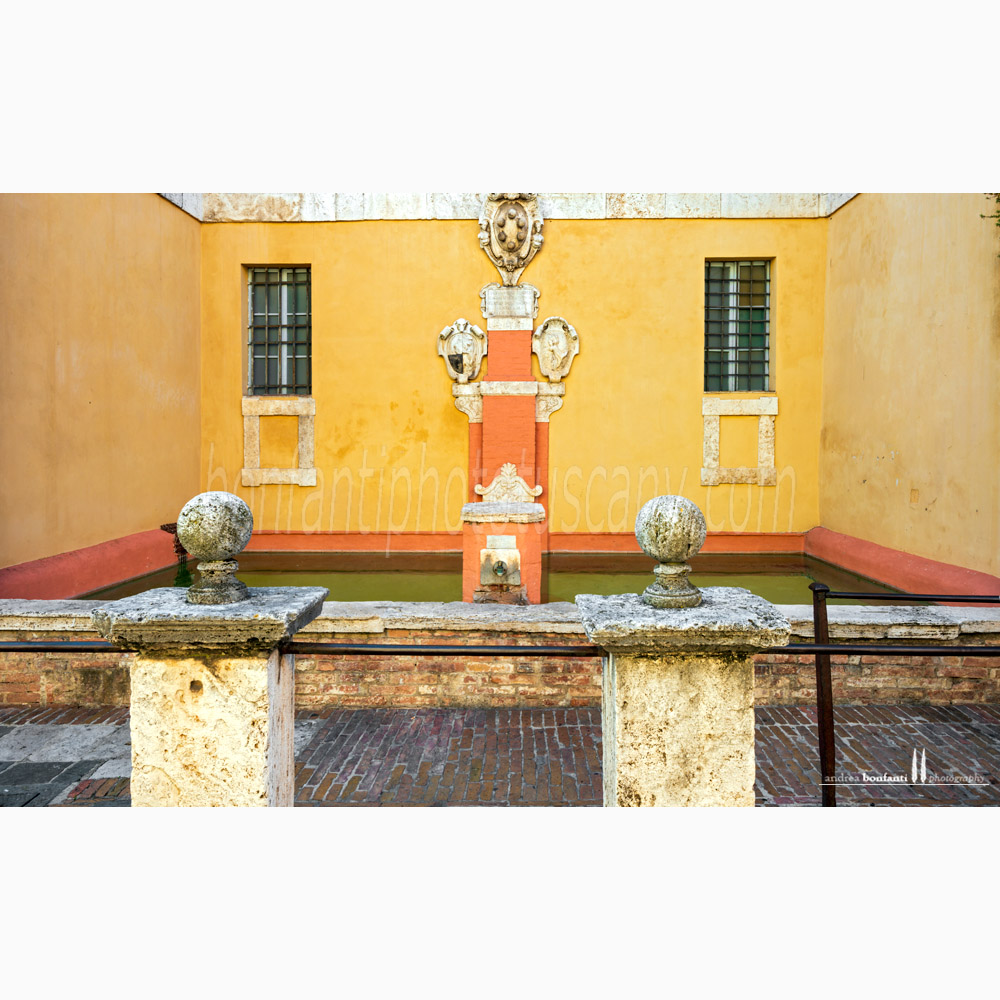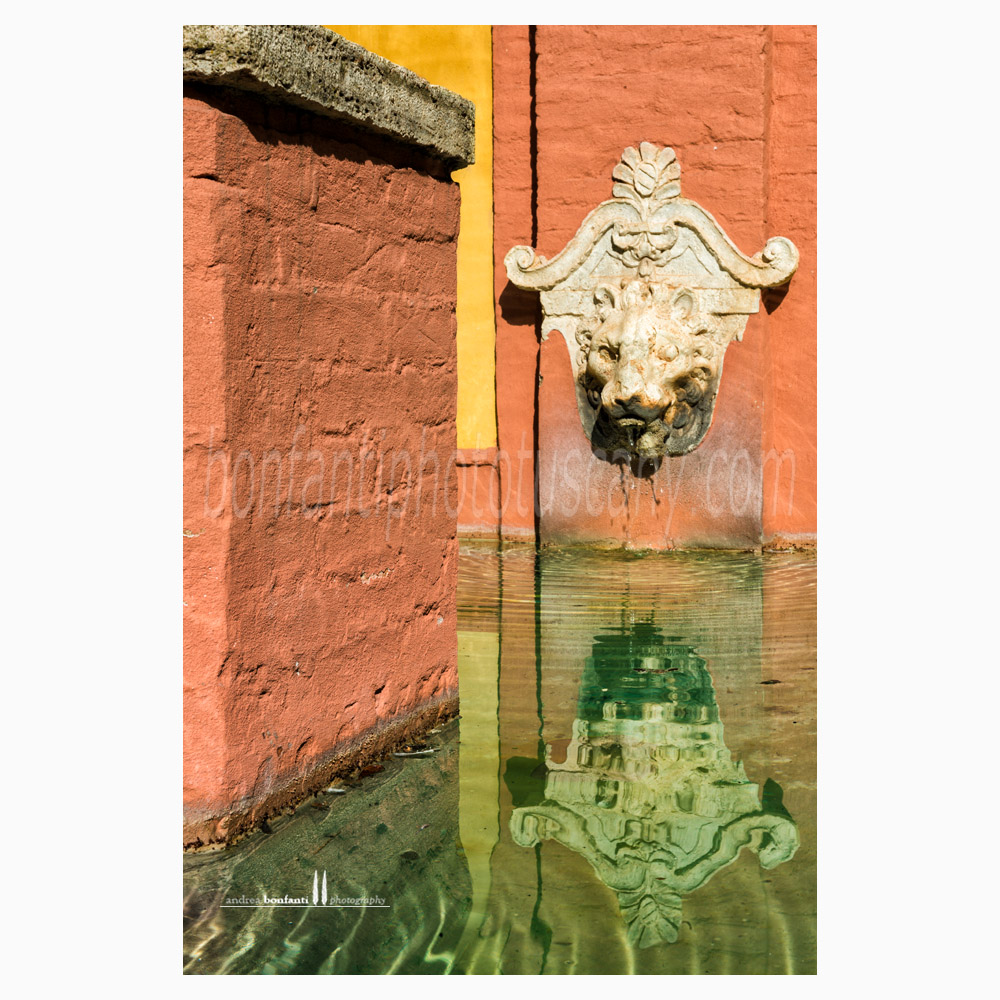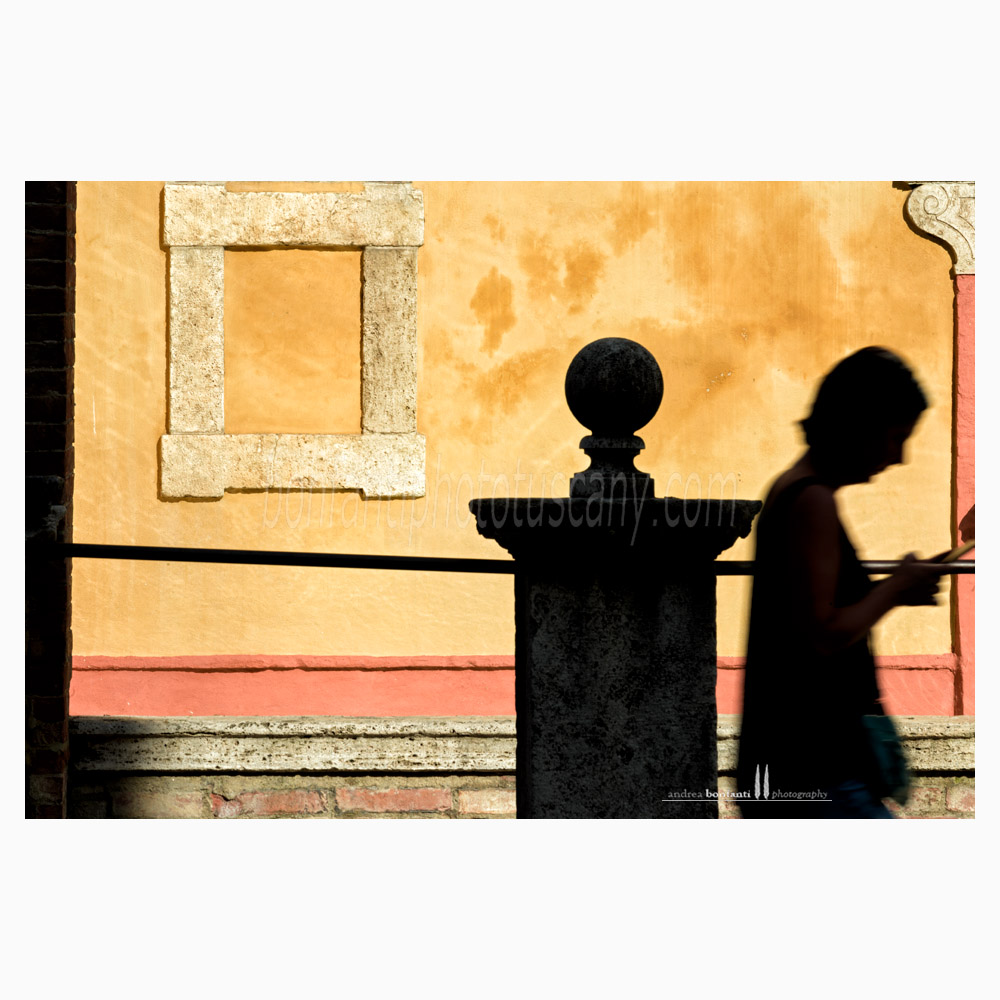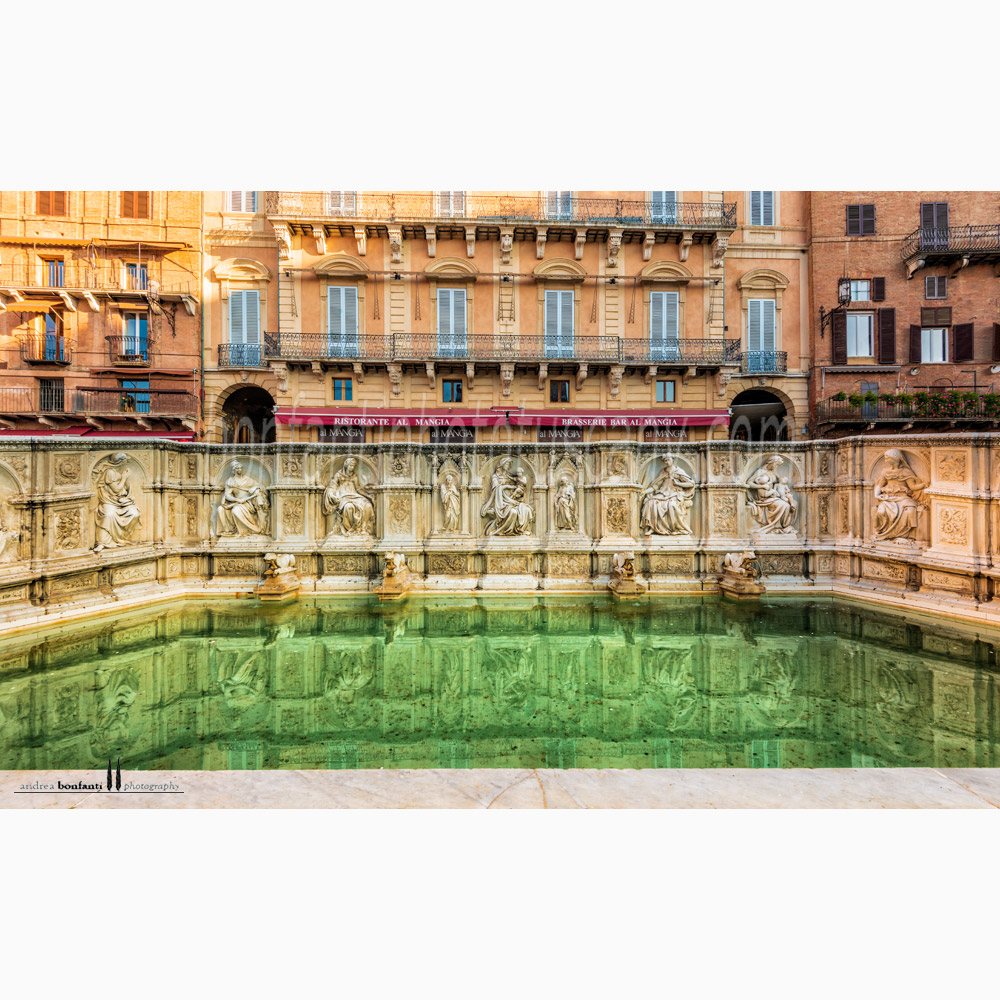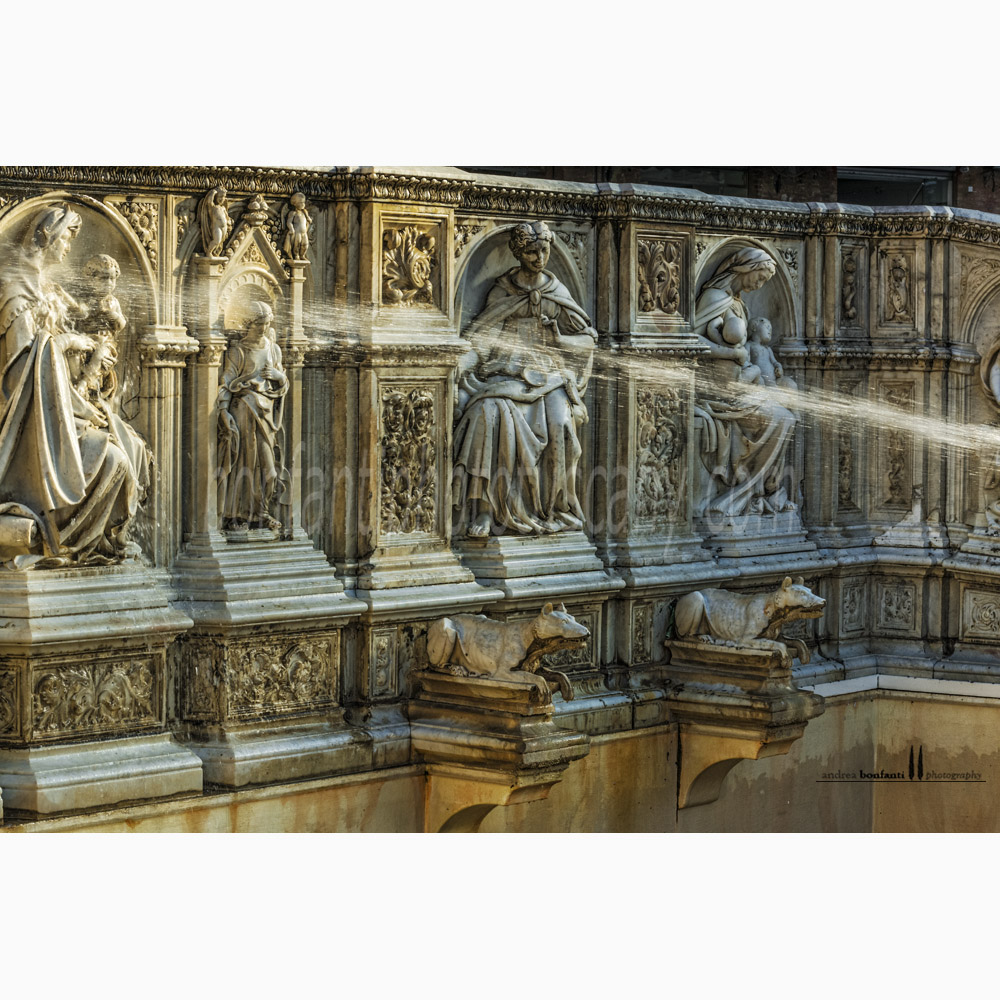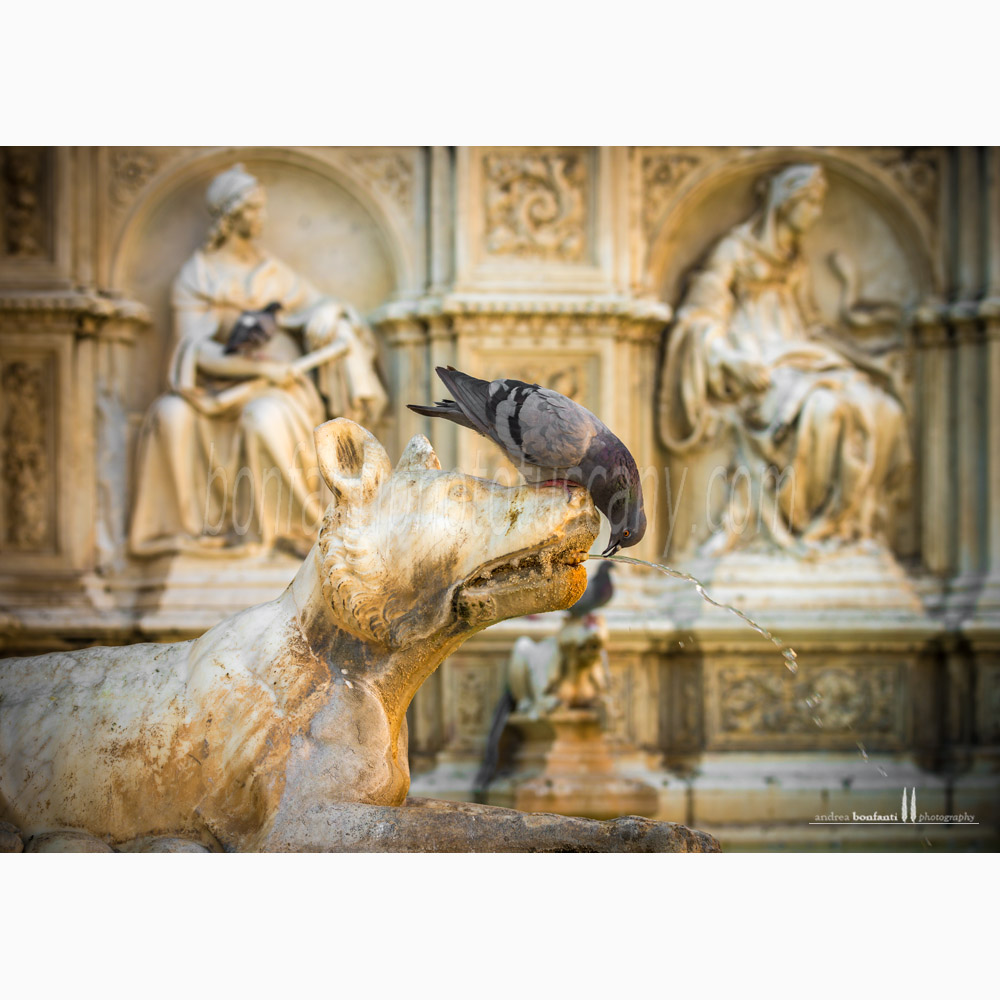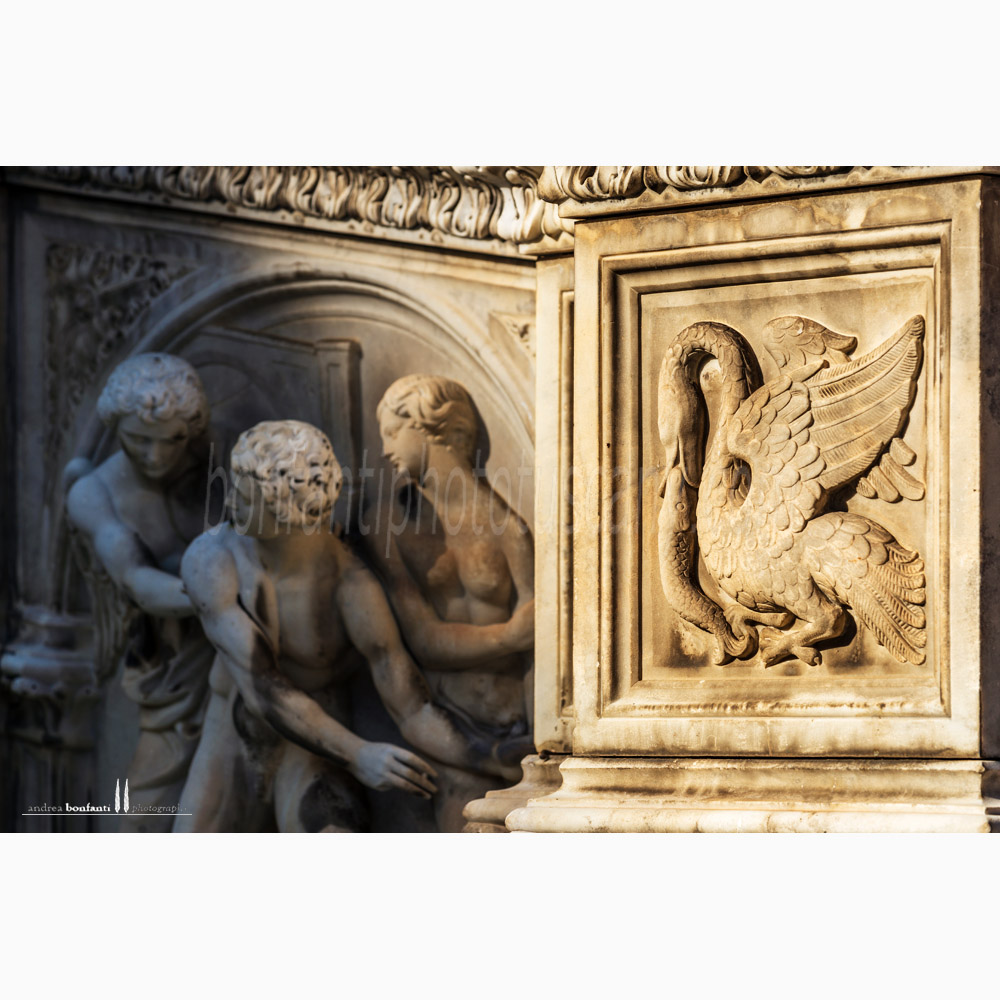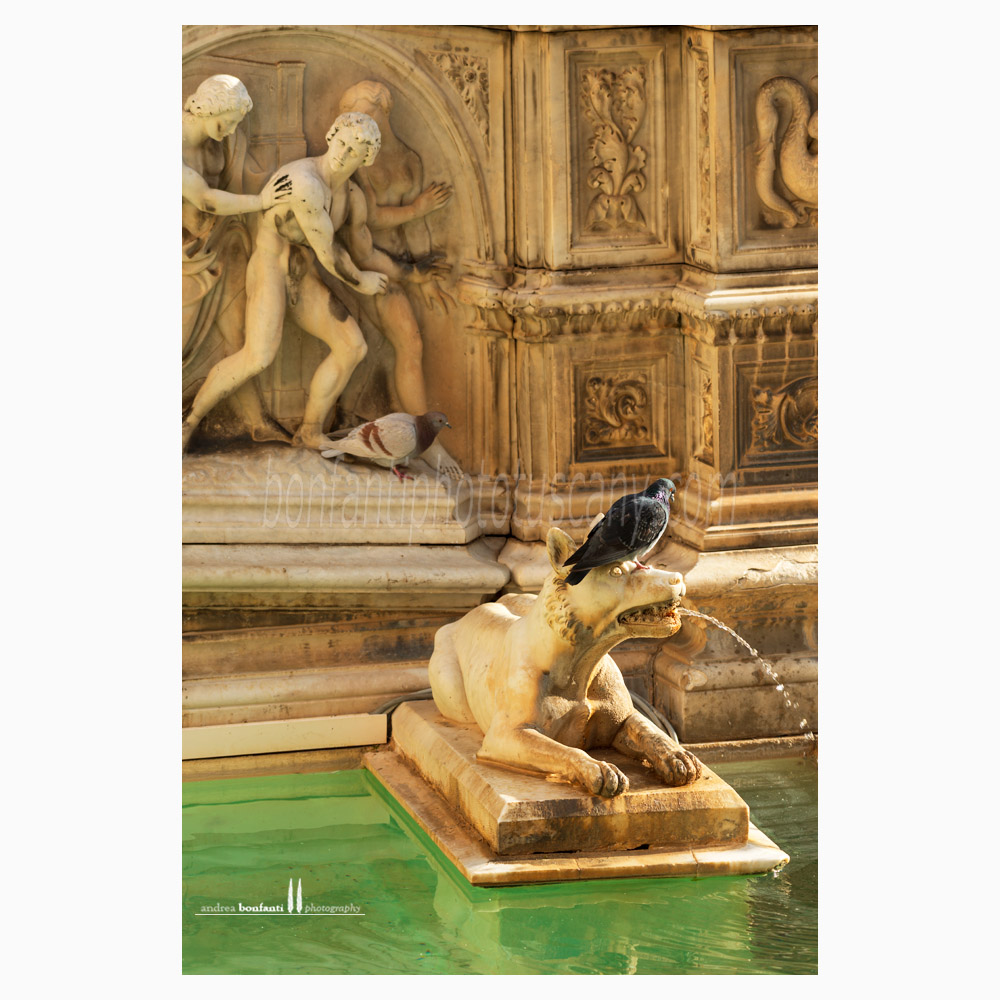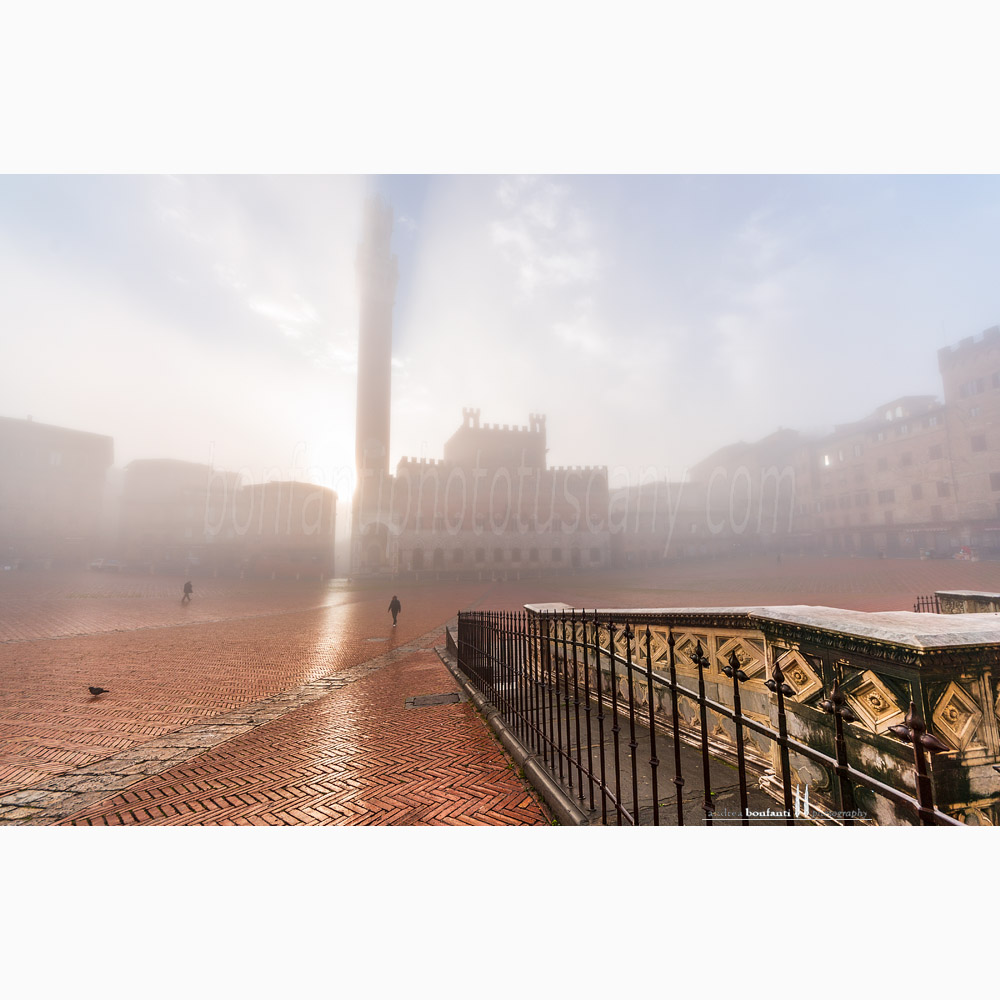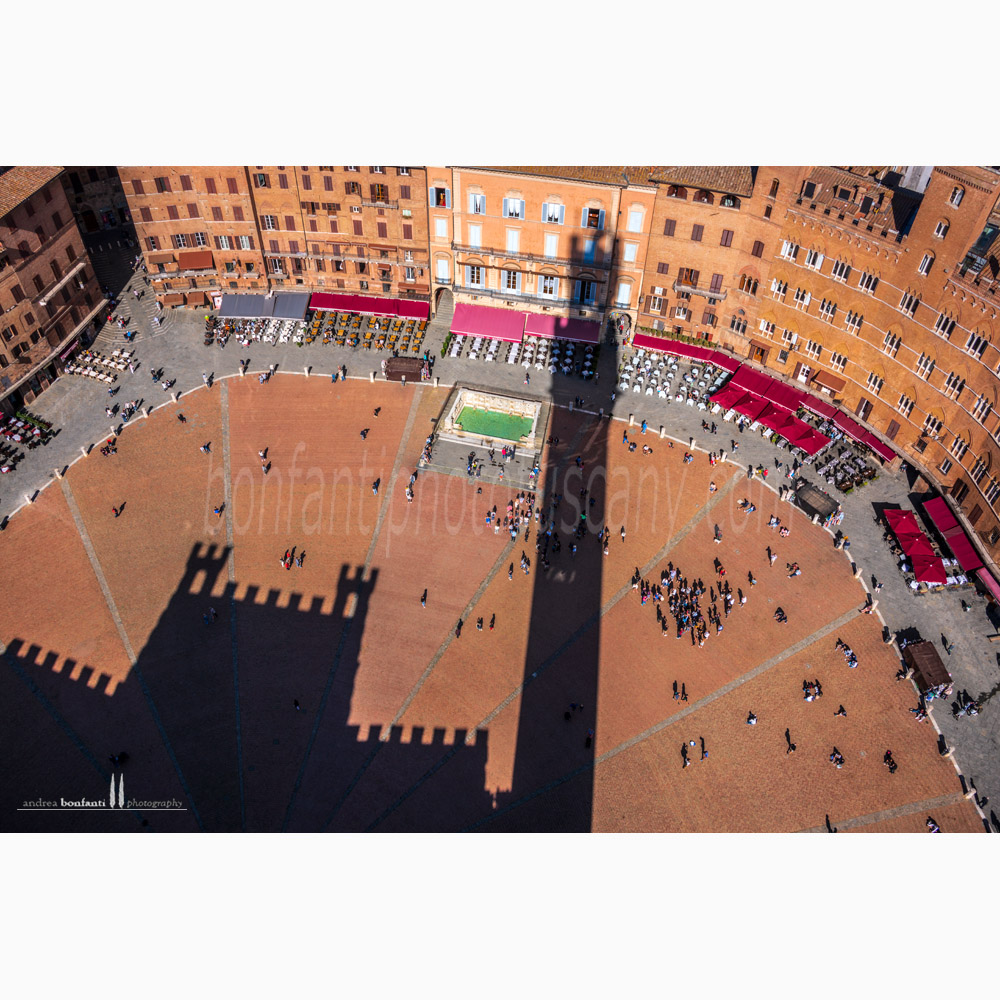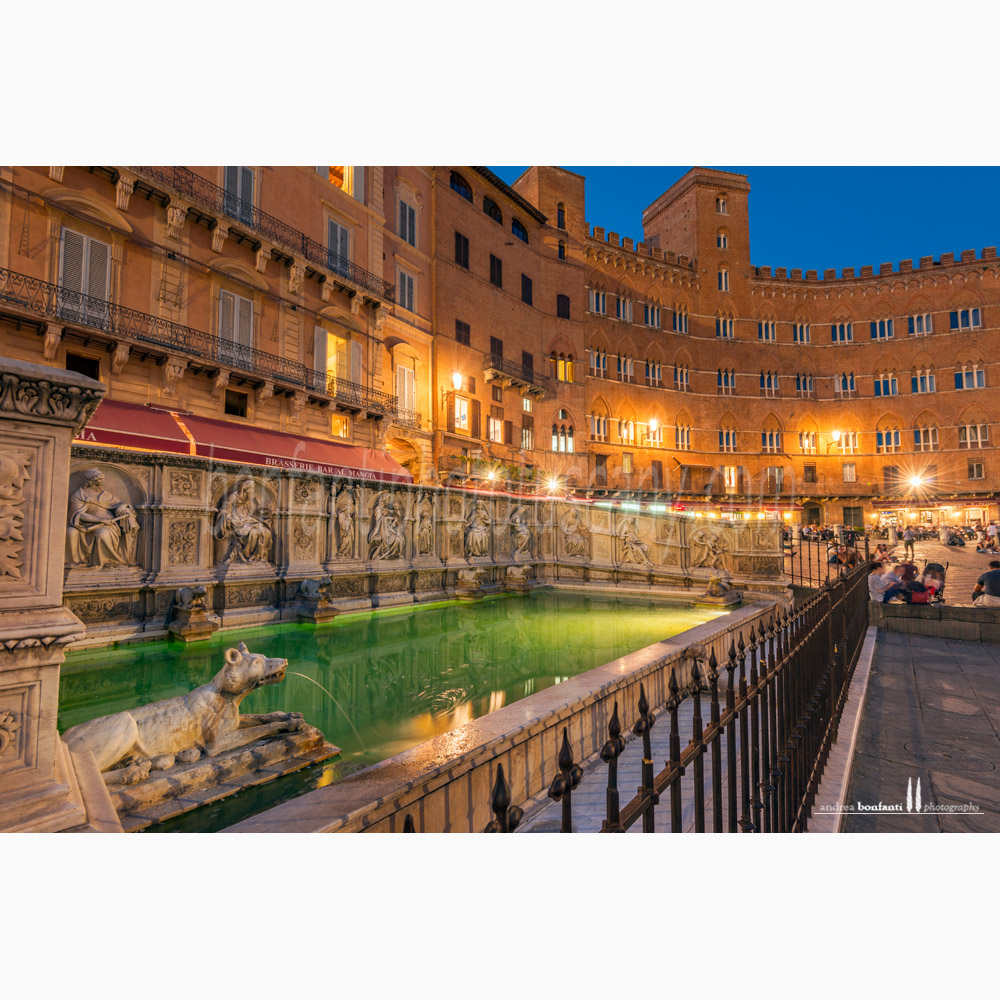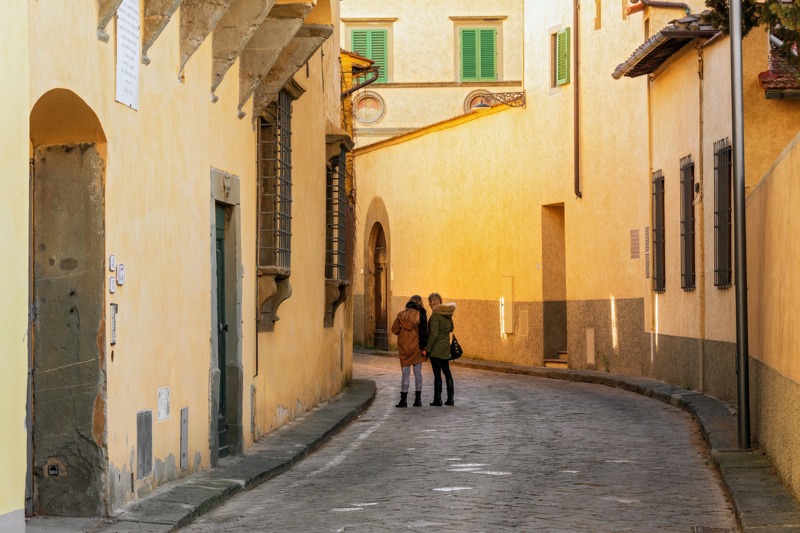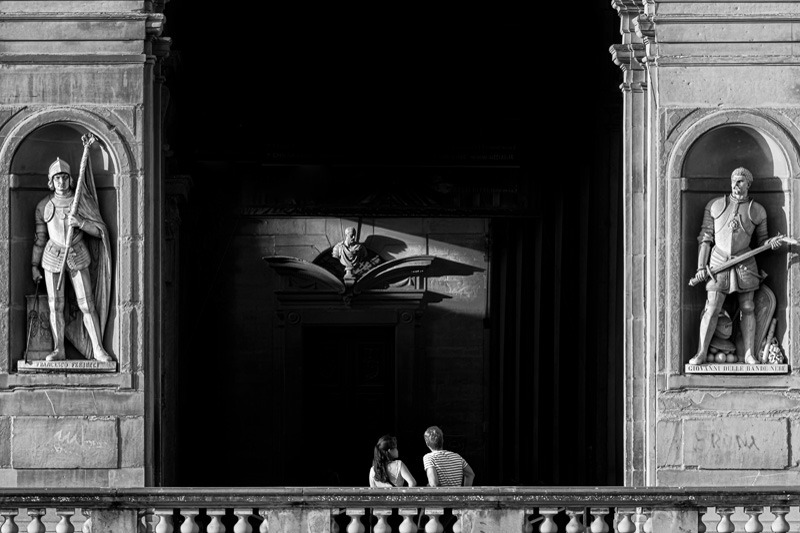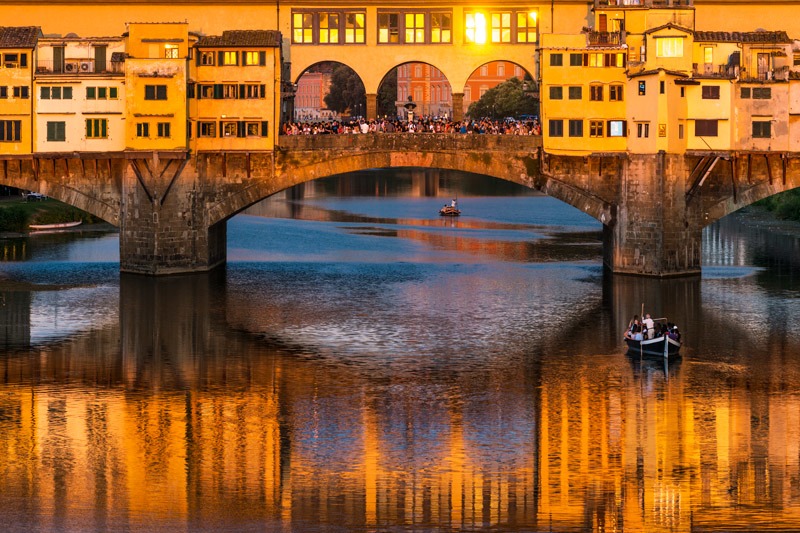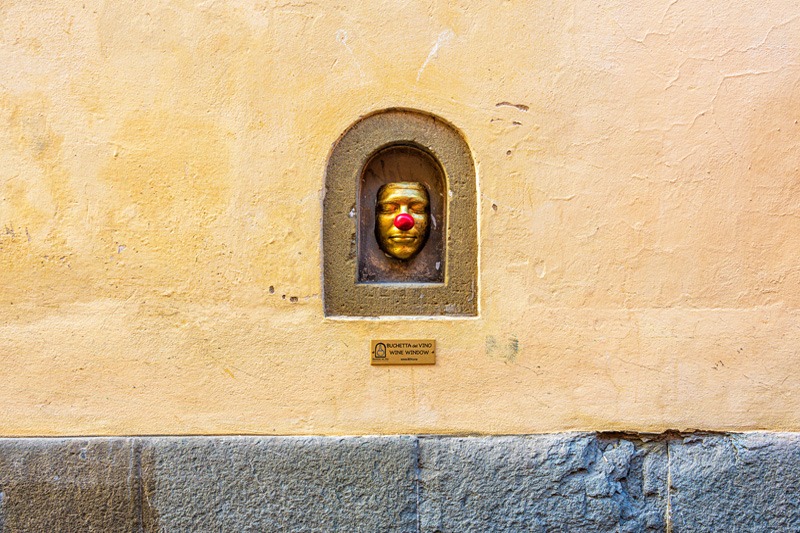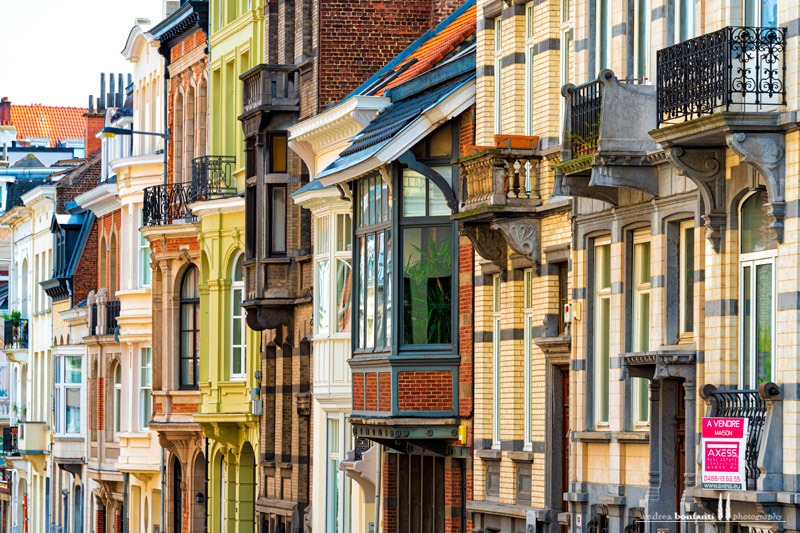The medieval fountains of Siena are the architectural masterpieces, which today still continue to display their original splendor. You can admire them while strolling through the historic center and in the green spaces touching the city walls.
They are fed by a 25km network of tunnels dug into the ground, and called "Bottini" for their barrel shaped vaults, which collect water infiltrations from the soil of the surrounding countryside and transport it to the city. A jewel of medieval hydraulic engineering, still functioning today, which has allowed Siena to have a great supply of water despite lacking a river.
The more important fountains were covered, fortified and turned into real military outposts, manned by soldiers to prevent sabotage. Strict rules were also enforced for the use of their water. There were generally three basins, each one with a specific use. The highest one, which received the "New Water" (Acqua Nova), was used for drinking. The second, fed by the first through an overflow, was for the animals, while in the third basin women could wash clothes.
The lack of a river has always distressed the Sienese since the Middle Ages and it is quite obvious why. Being deprived of a constant water supply, the city drastically reduced its potential for development and wealth.
It was in this context that the legend of the Diana river was born: an underground river which flowed liquid gold in the bowels of the city, and in futile search for which the Sienese wasted energy and capital for over a century in completely useless excavations, leading Dante to write with sarcasm:
Them wilt thou see among that people vain/ Who hope in Talamone, and will lose there/ More hope than in discovering the Diana. (Purgatorio XIII 151-153)
This work starts off from the public, monumental fountains in Siena. Its aim is to present the city’s urban network by connecting these fountains to its urban architecture with glimpses of the town in a completely natural setting.
Following is a short list of the complete works comprising 100 images.
